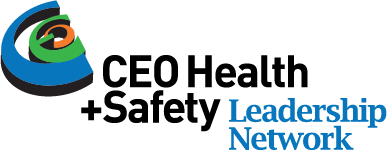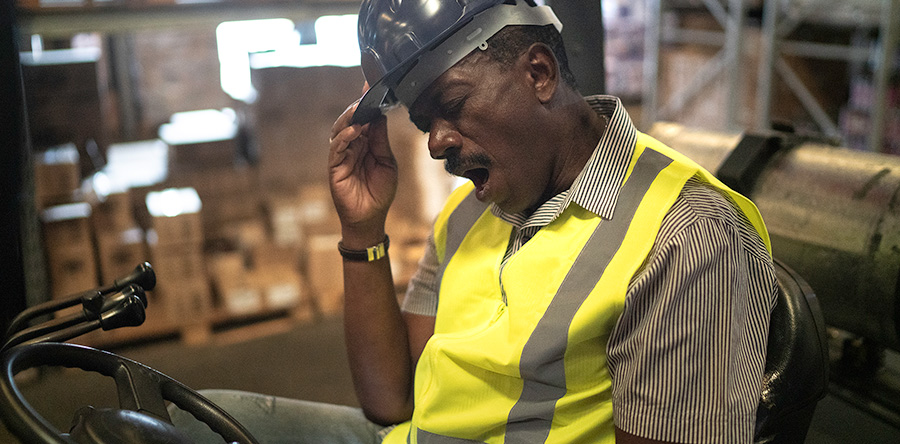Last month, Will Smith slapped Chris Rock on stage at The Academy Awards – an open act of aggression in front of millions of onlookers. The scene caught the world and attendees off guard, and there has been considerable conversation and debate about the incident since it took place.
It’s not likely that events in your workplace would occur under such a spotlight, but there are comparable situations that could happen in the context of your business. What if violence broke out between attendees at an event? Or a similar act of aggression happened among employees in front of customers or important stakeholders? Or, as has happened too often during the pandemic, a customer attacked one of your employees?
Obviously, most of us don’t condone or tolerate violence in the workplace, nor do we want to be caught off guard. Instead, we want to prevent situations like this from happening in the first place, and if they do occur, we want to be ready to address them in an appropriate manner that protects people and builds trust.
What constitutes violence and harassment?
The Canadian Centre for Occupational Health and Safety says, “Generally speaking, any action or behaviour – from rumours, swearing, verbal abuse, pranks, arguments, property damage, vandalism, sabotage, pushing, theft, physical assaults, psychological trauma, anger-related incidents, rape, arson to murder – are all examples of workplace violence and/or harassment.”
In our current work climate, where there are so many polarizing issues, Workplace Safety & Prevention Services has experienced an increase in demand for support from customers who are dealing with verbal abuse, threats of violence, sexual harassment, and racism from customers and colleagues.
They have many resources available to assist, including a half-day workshop designed to enhance participants’ situational awareness, help them recognize situations that may put people at risk, and learn de-escalation techniques.
Below are some additional steps you can take to protect employees, customers, and stakeholders from violence and prepare to deal with situations effectively if they occur.
- Obey the law. The Occupational Health and Safety Act requires employers to protect employees from violence and harassment in the workplace. If you haven't already, conduct a risk assessment, develop a workplace violence policy, and update regularly.
- Make sure to review action steps regularly and train supervisors and employees. Provide your employees with the skills and knowledge to de-escalate a situation or get help when needed. And train supervisors so they feel confident and know how to take swift and immediate action if problems arise.
- Talk about the meaning of psychological safety. In a 2020 session on respect and civility in the workplace, Dr. Bill Howatt pointed out that we used to talk about bullying and harassment in the context of policy control. Now we know that violence, bullying, and harassment can have a massive impact on psychological wellbeing. Zero tolerance can’t just be written into policies, it needs to be discussed and demonstrated if situations arise.
- Give employees an outlet. Make employees feel safe enough to tell you when their batteries are drained to mitigate the risk of them becoming more irritated. Monitor stress, fatigue, and irritability.
- Remind employees of the resources that are available to assist, such as resilience resources, EFAP, and other tools that you have available.
- Be careful not to respond in kind - Recognize that sometimes people say things or react in ways that aren’t normal for them, particularly in stressful situations. When an employee appears irritable, resist the urge to respond in kind.
- Practice. Policies and conversations are essential, but nothing will prepare employees and supervisors for these situations better than practicing. Stage mock scenarios, have people play different roles, and then debrief afterward.
Many of us have been experiencing higher degrees of uncertainty, anxiety, frustration, fear, and, in some cases, grief for the past couple of years. With tensions mounting about loosening protocols, returning to the workplace, and future waves of the virus, the risk of violence is very real and present for many workers.
You may not have situations like this unfold on a world stage. Still, if mishandled, they can escalate to the point of threatening safety, and possibly lives, and can devastate your reputation and business. Make sure you and your team are ready and you’re equipped with the tools, resources, and skills to mitigate this risk and protect people and your business from unnecessary harm and reputational damage.

 Fresh Communications in collaboration with WSPS
Fresh Communications in collaboration with WSPS



